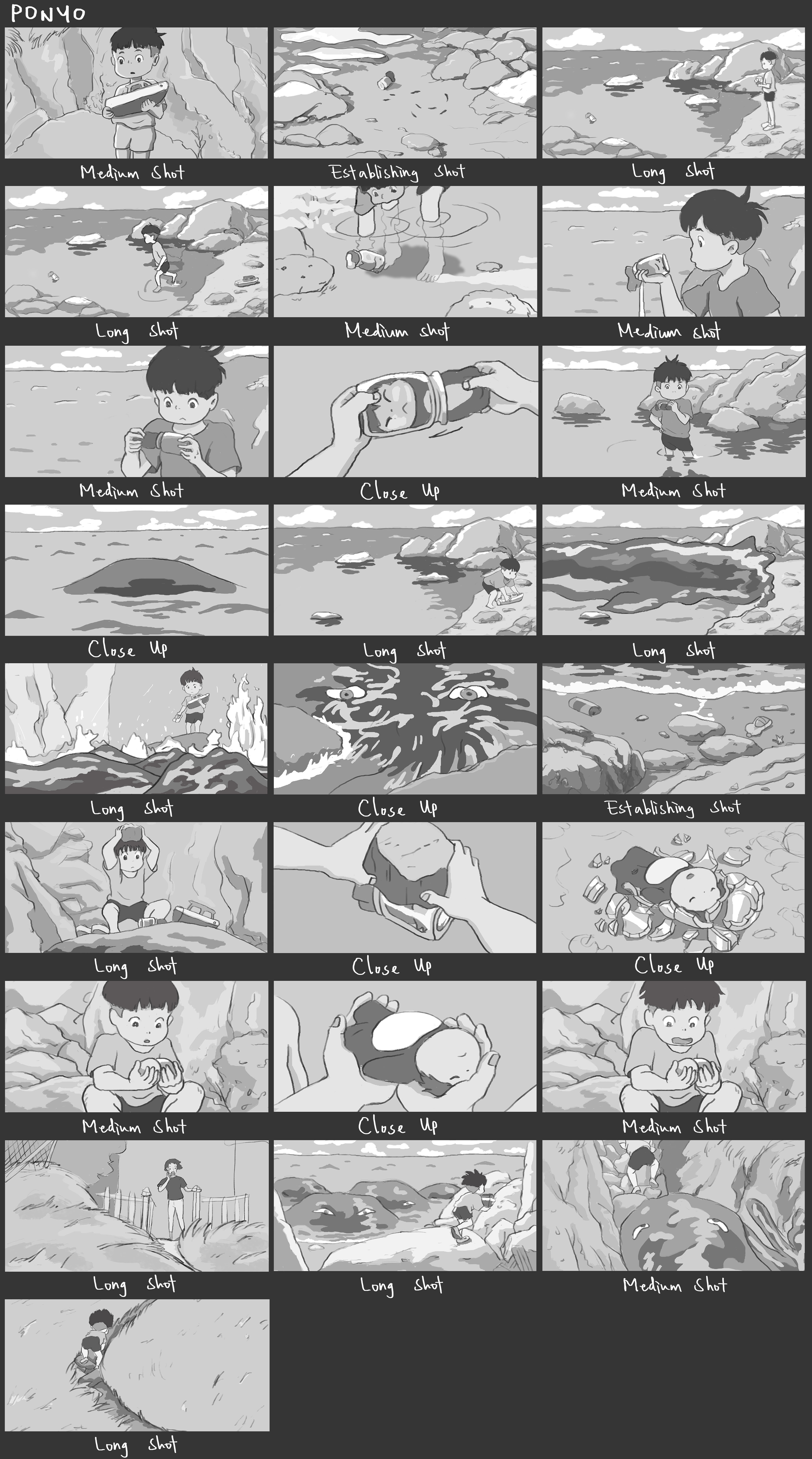Analysis
Storyboarding is a stage of planning where it helps the crews, audiences to visualise the film before the shoot. By using storyboards, it saves the trouble of complex explanations and questions of the director, actors and the crews. I have learnt the different types of shots and the use of compositions to show the importance of the people in a scene.
The first sequence I reversed is from Hitchcock’s <Notorious>.
In this sequence, I realised that there are not too much movements on the camera. Except the first part where the camera pan from the second floor to the lobby and to the key in the hands of the main actor. It is straight forward to bring out the theme of the sequence to the audience.
It also make use of the foreground, mid ground and background to make the shot more interesting. For example, in shot 19, the foreground was blurred so that the eyes will be focused at the main actor. The foreground gave information of the location and what was happening there.
Hitchcock also played with the POV of the actors. For example, it is in the male actor’s POV when he is observing the two of them exchanging the key. Shooting from the actor’s POV, the audience will get their emotions better.
Second sequence is from Hayao Miyazaki’s <Ponyo>.
In this sequence, I feel Miyazaki like to use many long shots and establishing shots. Since it is an exterior scene and it has to show the sea monsters chasing after the boy as he took Ponyo away. The backgrounds really beautify the animation and immerse the audience in its visuals.
There are a lot of movements in every shot. From the character’s actions to the backgrounds like waves, moving water and wind. Every second is a painting.
For the front part, the camera stay still to have the characters move around in the frame. As the boy is still exploring and it is still in a calm stage. When the monsters start to chase the boy, the camera follows him to bring out the tension and nervousness.
Overall, by studying the storyboards, it helps understands why they shoot some scenes in that way. It makes the audience understand the story better.

